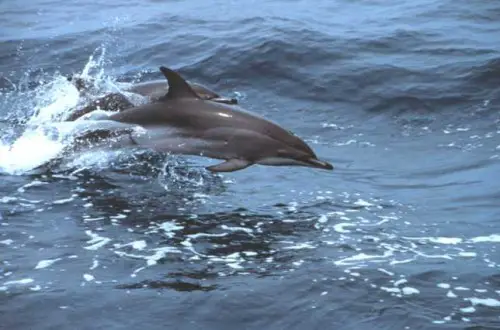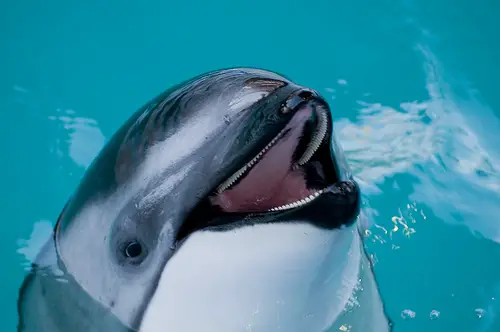Clymene dolphin
Clymene dolphins are living animals that are enjoyable to watch as they are tremendously energetic and are able to complete swift movements in and out of the water. Like all if not most dolphins, these amazing movements include jumps and longitudinal spins, and they are also well loved as they are very inquisitive and often swim next to boats.
Although the Clymene dolphin are interesting creatures, they are a bit shy, so not much information is known about them in comparison to other dolphin species. They are considered one of the least understood of all cetaceans, having very little contact with humans and so far none exist in captivity.
Their total number is unknown, as they reside so deep in the seas away from land to enable the estimate their population correctly. The Clymene Dolphin is widespread in the Atlantic Ocean, preferring the moderate and tropical waters, having witnessed off the East Coast of the United States in the north, southwards to southwestern Africa and Morroco, as well as Brazil, but the actual range of its life domain continues to be in vague.
Clymene dolphins can mature up to 2meters long and weigh about 80 kilograms. They possess a very slim build that helps their trouble-free movements through water.
There come in 3 shaded layers. These colours are known as ‘Cetacean Neapolitan’, with their bases white-pinkish, light grayish just above the beak and around the eyes, dark gray on the dorsal fins, tail tops, lips and flippers.
Diet-wise, the lantern fish is their central source of food. Apart from this, they will hunt for other types of fish in in groups. These hunting groups range between just a few individuals to up to schools of about 500.
Not much is known concerning the course of reproduction or the birth of the Clymene Dolphin. However, it is thought that they take 1 year for their whole gestation process to complete – from conception to delivery.
As a mysterious species, specific conservation efforts for them are still regretfully minimal. These include those generally put into practice for all types of dolphins, such as limiting the use of fishing nets that are safe for them.
Nevertheless, the greatest danger for the Clymene Dolphin would be the pollution of the waters where they reside, with toxins as plain as modest plastic bags they may accidentally gulp down, which can actually end up killing them.



